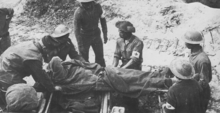
United States Colored Troops (USCT) were Union Army regiments during the American Civil War that primarily comprised African Americans, with soldiers from other ethnic groups also serving in USCT units. Established in response to a demand for more units from Union Army commanders, by the end of the war in 1865 USCT regiments, which numbered 175 in total, constituted about one-tenth of the manpower of the army. Approximately 20% of USCT soldiers were killed in action or died of disease and other causes, a rate about 35% higher than that of white Union troops. Numerous USCT soldiers fought with distinction, with 16 receiving the Medal of Honor. The USCT regiments were precursors to the Buffalo Soldier units which fought in the American Indian Wars.

Brigadier Lewis Pugh Evans, was a British Army officer and a recipient of the Victoria Cross, the highest award for gallantry in the face of the enemy that can be awarded to British and Commonwealth forces.

The Military Medal (MM) was a military decoration awarded to personnel of the British Army and other arms of the armed forces, and to personnel of other Commonwealth countries, below commissioned rank, for bravery in battle on land. The award was established in 1916, with retrospective application to 1914, and was awarded to other ranks for "acts of gallantry and devotion to duty under fire". The award was discontinued in 1993, when it was replaced by the Military Cross, which was extended to all ranks, while other Commonwealth nations instituted their own award systems in the post war period.

Job Maseko was a South African soldier during World War II, serving in the Native Military Corps as part of the South African 2nd Infantry Division. He was one of many Allied troops captured by the Axis in the surrender of the port of Tobruk in 1942.
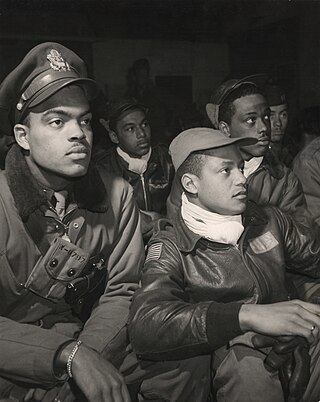
The military history of African Americans spans from the arrival of the first enslaved Africans during the colonial history of the United States to the present day. African Americans have participated in every war fought by or within the United States.
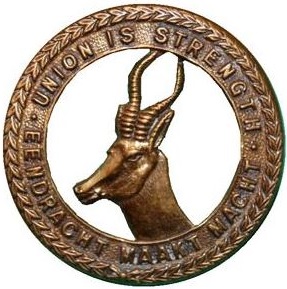
The South African Overseas Expeditionary Force (SAOEF) was a volunteer military organisation in World War I.
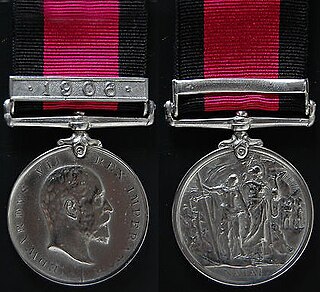
The Natal Native Rebellion Medal was a British campaign medal. It was authorised in 1907 for service in Natal during a Zulu revolt against British rule and taxation in 1906. The 1906 Clasp to the medal was awarded to those who had served for more than fifty days.

The Medalje voor de Anglo-Boere Oorlog is a South African military campaign medal. It was instituted on 21 December 1920 as a retrospective award for Boer veteran officers and men who fought in the 1899–1902 Second Boer War.

The Lint voor Verwonding is a South African military campaign award. It was instituted on 21 December 1920 as a retrospective award for Boer veteran officers and men of the 1899–1902 Second Boer War who had been wounded in action.

The Louw Wepener Decoration, post-nominal letters LWD, is a military decoration for bravery which was instituted by the Union of South Africa in 1952. It was awarded to members of the South African Defence Force for acts of the most conspicuous courage or greatest heroism. The decoration was discontinued on 1 July 1975, when a new set of decorations and medals was instituted.

The Louw Wepener Medal, post-nominal letters LWM, is a South African military decoration for bravery which was instituted by the Republic of South Africa on 20 October 1967. It was awarded to members of the South African Defence Force for courageous or heroic deeds in saving lives. The Louw Wepener Medal was discontinued on 1 July 1975, when a new set of decorations and medals was instituted.
Major Sir John Arnold Wallinger was a British Indian intelligence officer who led the Indian Political Intelligence Office from 1909 to 1916. As a colonial policeman and counter-intelligence officer he became a specialist in countering those opposed to British rule in India, operating both in India and in England.

African Americans, including former slaves, served in the American Civil War. The 186,097 black men who joined the Union Army included 7,122 officers and 178,975 enlisted soldiers. Approximately 20,000 black sailors served in the Union Navy and formed a large percentage of many ships' crews. Later in the war, many regiments were recruited and organized as the United States Colored Troops, which reinforced the Northern forces substantially during the conflict's last two years. Both Northern Free Negro and Southern runaway slaves joined the fight. Throughout the course of the war, black soldiers served in forty major battles and hundreds of more minor skirmishes; sixteen African Americans received the Medal of Honor.
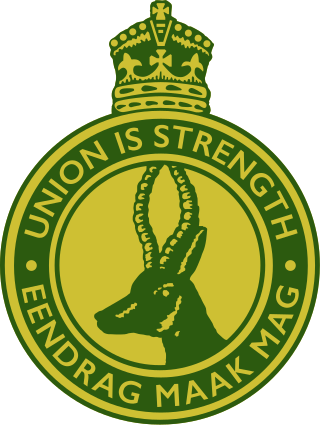
The Union Defence Force (UDF) comprised the armed forces of South Africa from 1 July 1912, when the Defence Act took effect, two years after the creation of the Union of South Africa, until 1957 when it was reorganised and renamed the South African Defence Force.

The South African Native Labour Corps (SANLC) was a force of workers formed in 1916 in response to a British request for workers at French ports. About 25,000 South Africans joined the Corps. The SANLC was utilized in various menial noncombat tasks. The SANLC was disbanded by the South African government in January 1918.
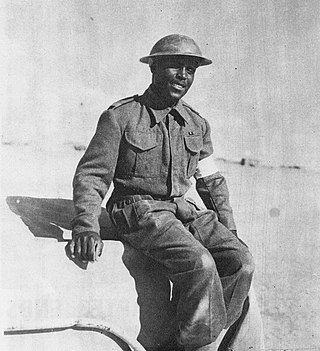
Lucas Majozi (1916-1969) was a stretch-bearer during the Second World War, who received a Distinguished Conduct Medal for his bravery during the Second Battle of El Alamein. This being the highest medal received by a black person during that war, Majozi is one of the few soldiers who were recognised.

The African Auxiliary Pioneer Corps (AAPC) was a unit of the British Colonial Auxiliary Forces recruited among Africans from the High Commission Territories (HCT). It was established in July 1941, after the paramount chiefs of the HCT managed to convince the colonial authorities to create an independent force consisting of their subjects. During its service it provided crucial logistical support to the Allied war effort during the North African, Dodecanese and Italian campaigns. Initially a labor unit, AAPC's duties were gradually expanded to include anti-aircraft artillery operation and other combat duties. It was commanded by Colonel H. G. L. Prynne and numbered 36,000 men, 1,216 of whom died in the war. The last AAPC soldiers were repatriated in spring 1946 and the unit was disbanded in 1949.
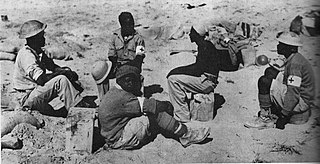
Sergeant Berry Gazi was a black South African soldier who served in the Native Military Corps (NMC) during World War II. Although the racially segregated nature of the South African military notionally prevented black soldiers from serving in combat roles, Gazi participated in the Western Desert campaign as part of the 2nd Infantry Division and was awarded the Military Medal for rescuing wounded under enemy fire at Bardia, Libya on 16 December 1941. He was the first black South African to be awarded this medal.
South Africa's participation in the First World War occurred automatically when the British Government declared war on Germany in August 1914. Due to her status as a Dominion within the British Empire, South Africa, whilst having significant levels of self-autonomy, did not have the legal power to exercise an independent foreign policy and was tied to the British declaration.

